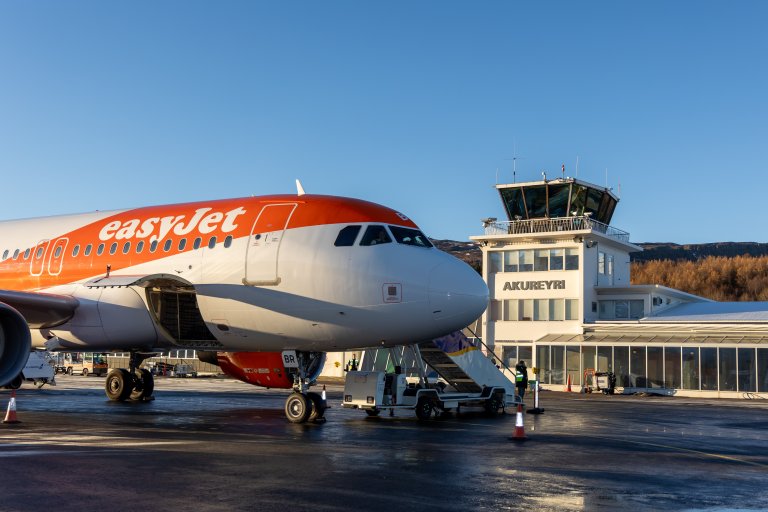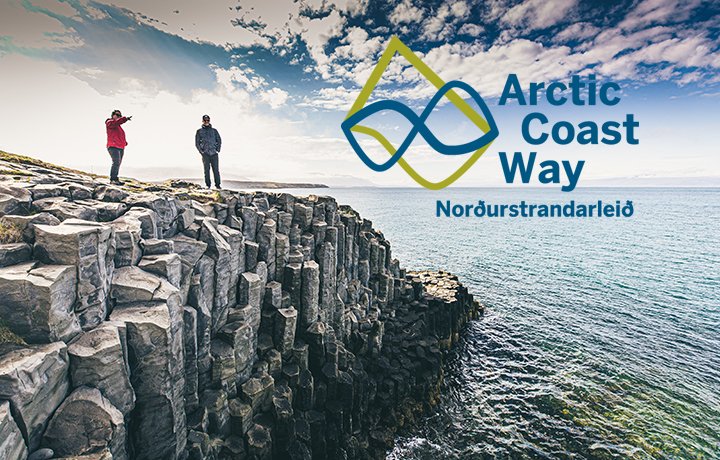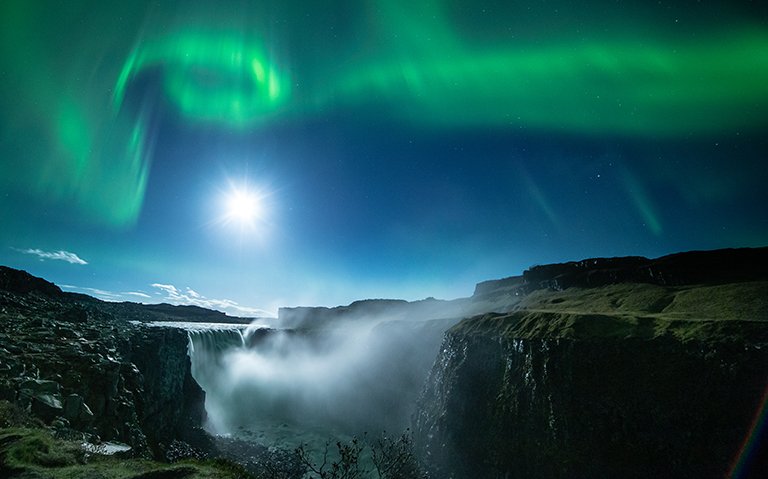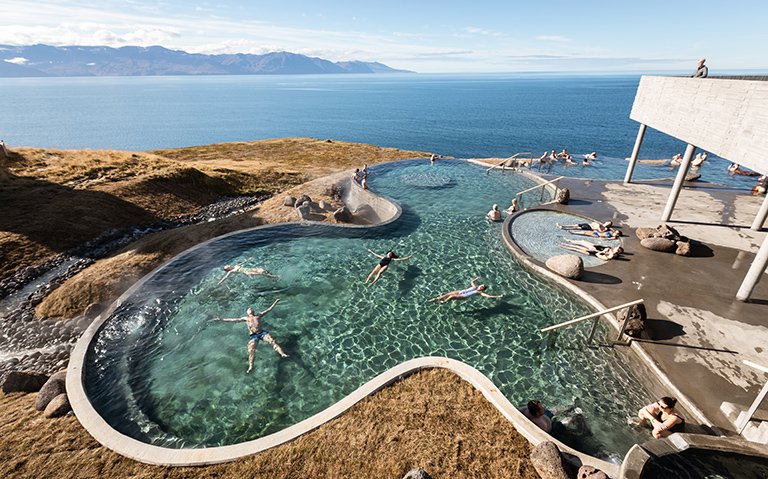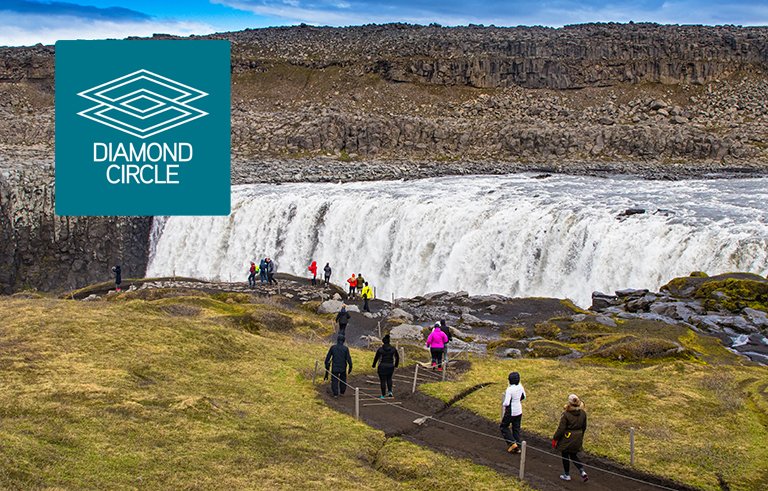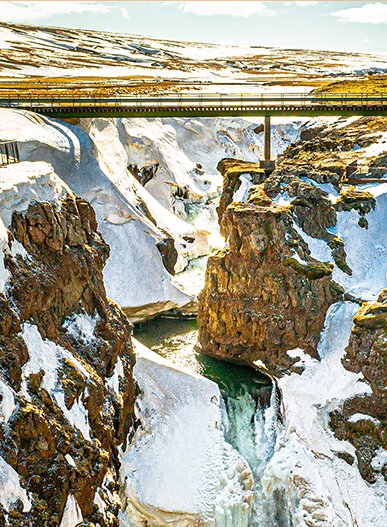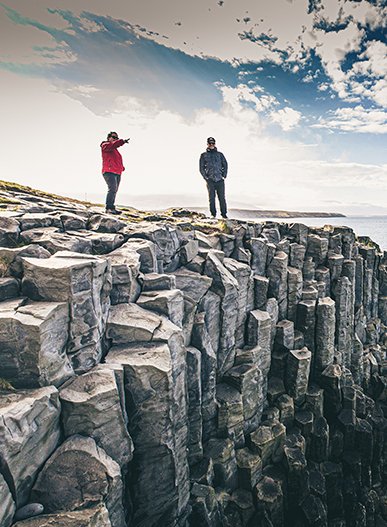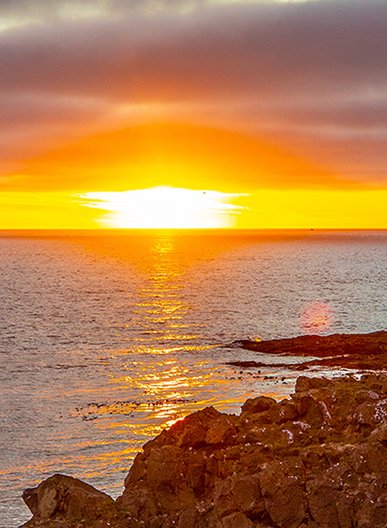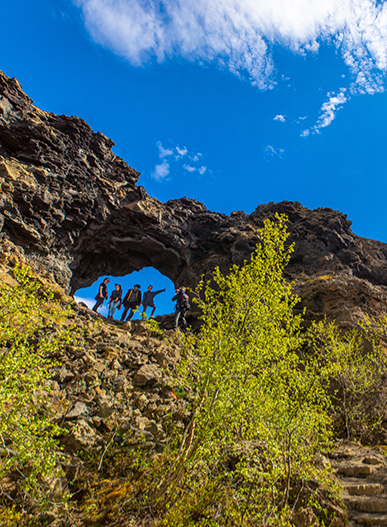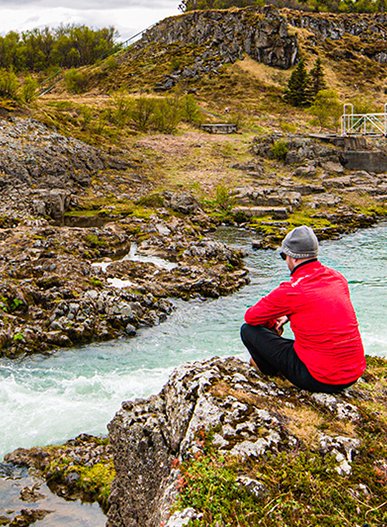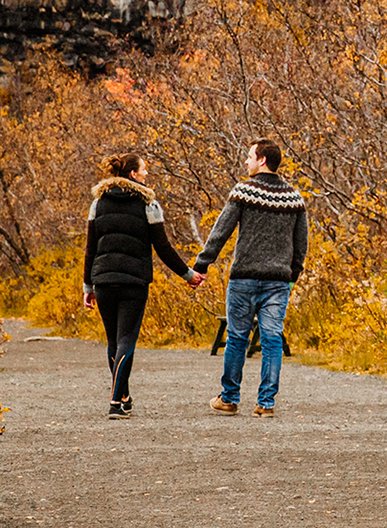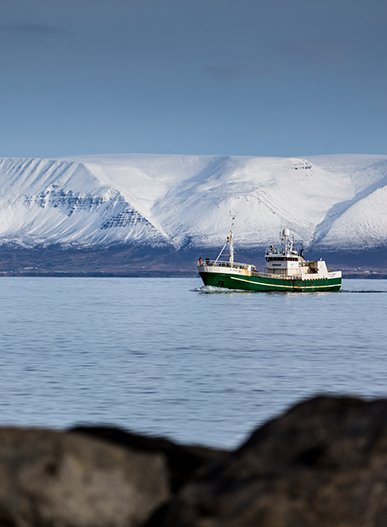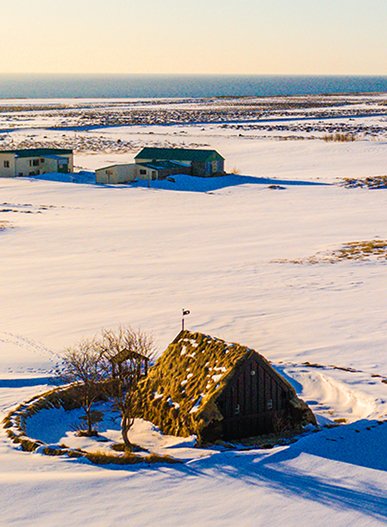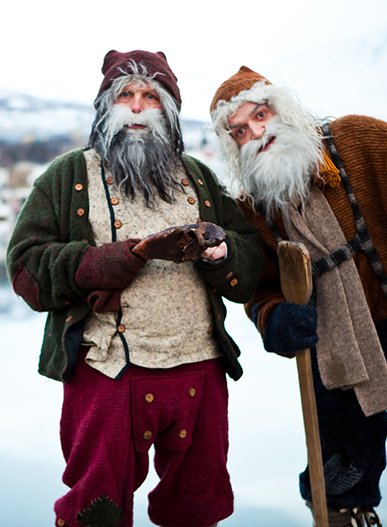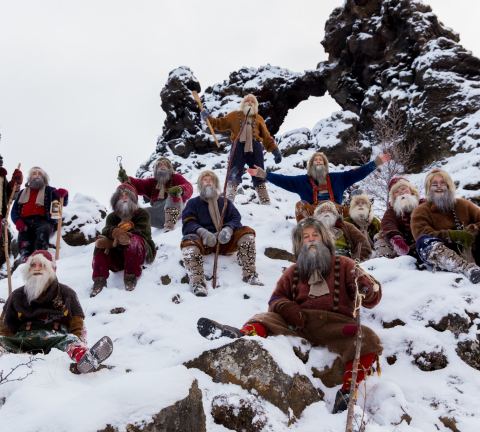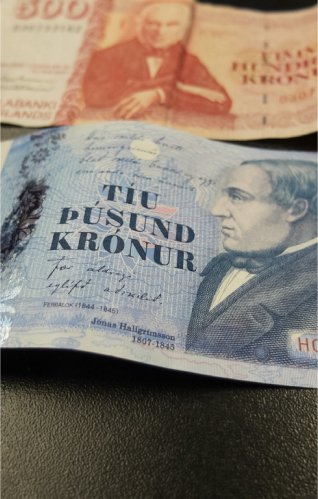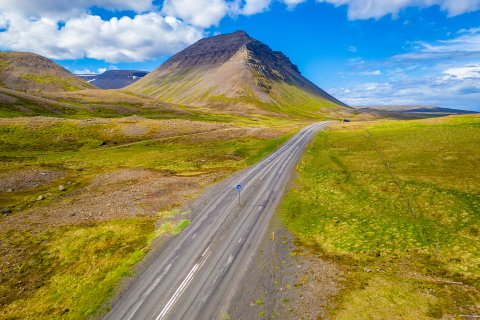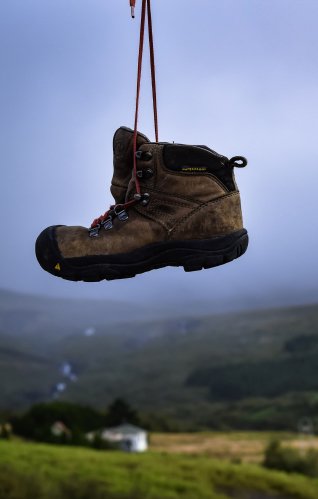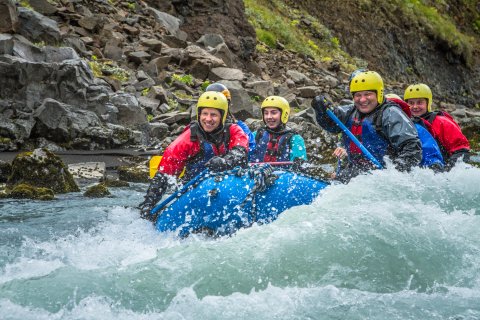When are you Travelling?
Top Destinations

Nature
Kolugljúfur
As you drive along Víðidalur, you will come to Kolugil Farm which stands beside the Víðidalsá river. Just below the farm, the waters flow peacefully downwards to plunge into the deep, rugged gorge called Kolugljúfur.
Read more

Nature
Goðafoss
The Goðafoss waterfall is one of the most spectacular waterfalls in Iceland. The water of the river Skjálfandafljót falls from a height of 12 meters over a width of 30 meters.
Read more

Culture
Arctic Henge
Similar to its ancient predecessor, Stonehenge, the Arctic Henge is like a huge sundial, aiming to capture the sunrays, cast shadows in precise locations and capture the light between aligned gateways.
Read more

Nature
Dettifoss
The Dettifoss waterfall is the most powerful waterfall in Europe, 500 cubic meters of water per second plunge over the edge
Read more

Nature
Hvítserkur
Hvítserkur is a 15 m-high sea stack just off shore on the eastern side of Vatnsnes. Good seal spotting place at the estuary of the Sigridarstadir lake, south from the stack.
Read more

Nature
Aldeyjarfoss
Aldeyjarfoss waterfall is considered the most beautiful one in the river Skjalfandafljot. The waterfall is framed with long, natural basaltic columns.
Read more

Nature
Námafjall
At the foothills of this spectacular volcanic mountain is an expanse of hot springs called Hverir that are known for their variety. You will also discover fumaroles, mud pools and mud pots that all seem to be boil with relentless energy.
Read more

Nature
Ásbyrgi
Ásbyrgi is one of the wonders of nature, a well-forested horse-shoe shaped canyon in Öxarfjörður. Ásbyrgi is a part of Jökulsárgljúfur canyon, within the Vatnajökull National Park.
Read more

Nature
Kálfshamarsvík
Kálfshamarsvík is a small cove in the northern part of Skagi, with unusual, beautifully formed sea cliffs of columnar rock, created about 2 million years ago
Read more
Events
The Towns
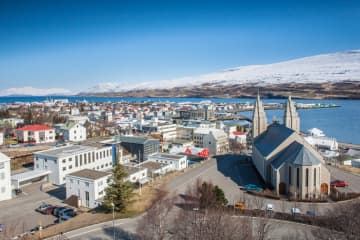
Akureyri
Akureyri is the little big city of Iceland. It is large enough to offer a rich selection of entertainment, art and culture, yet small enough to be ver
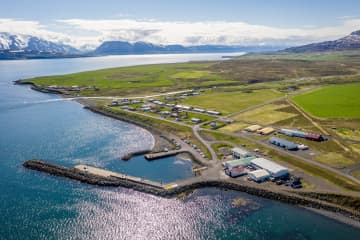
Árskógssandur
Árskógssandur is a small community situated on the shores of Eyjafjörður fiord, about 10 minutes by car from Dalvík and a short distance from the vill
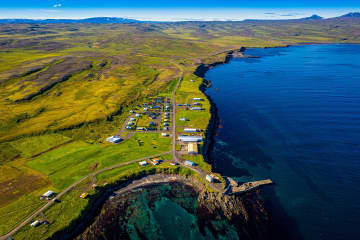
Bakkafjörður
Life in Bakkafjörður revolves mostly around the fish in the sea and the right to survive by catching it.
The old harbor has a long history, and there
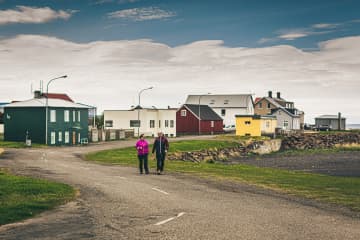
Blönduós
Blönduós is the most populated town by Húnaflói and is located by Road nr. 1. Through the town, runs one of the country's glacial rivers, Blanda and i
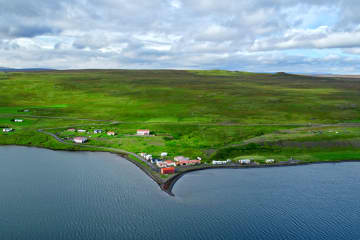
Borðeyri
Borðeyri is one of Iceland's smallest villages and is found on the western side of Hrútafjörður fjord. The village is mentioned in historical texts an
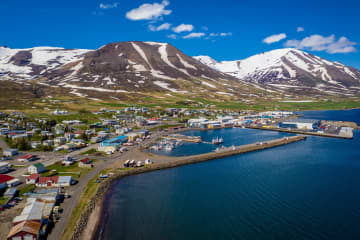
Dalvík
Dalvik is a seaside town, located on the natural paradise of Tröllaskagi Peninsula.
Recreation available for tourists in the area includes a well equi
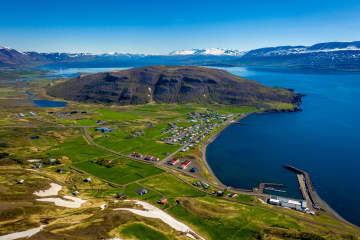
Grenivík
The township of Grenivík lies under the 1,173 metre high mountain Kaldbakur. There are many excellent routes up the mountain, but if you do not feel l
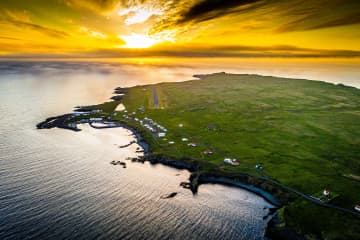
Grímsey Island
It's a unique feeling to walk around the green island of Grímsey. Look to the horizon on the Atlantic ocean in the north, or turn your head to the sou
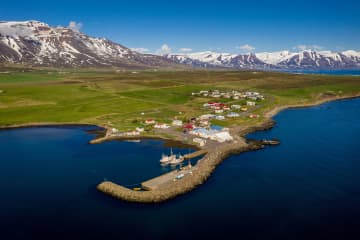
Hauganes
Hauganes is a part of the Árskógsströnd coastal area. It is also the most southerly community in the municipality of Dalvikurbyggd, with a population
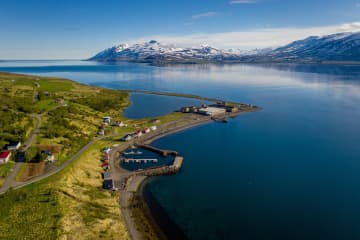
Hjalteyri
Hjalteyri is a small village on the western shores of Eyjafjörður. Until the early 20th century, this was one of the main hubs of the herring fishing
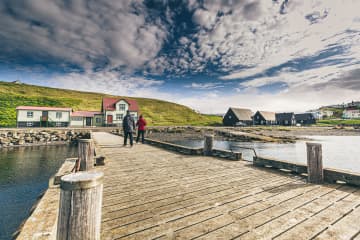
Hofsós
Hofsós is a peaceful seaside village on the Eastern shore of Skagafjörður Fjord, with over 400 years of history.
The Hofsós Swimming Pool is fast beco
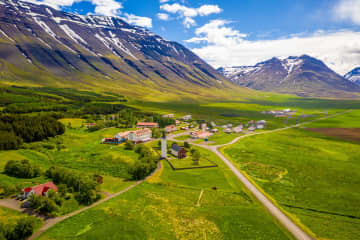
Hólar
This is one of Iceland's most famous historical sites and was, for centuries, an Episcopal see. There has been a church at Hólar from the 11th century
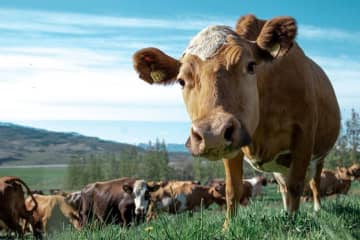
Hrafnagil
Eyjafjarðarsveit has been referred to by tourists as the countryside of Akureyri, the place you can view the wonders of Icelandic agriculture. The riv
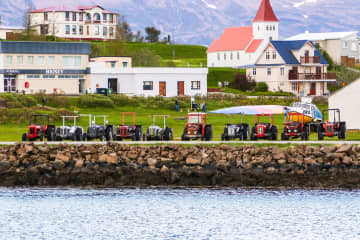
Hrísey
The island of Hrísey is rightly known as Eyjafjörður's pearl of nature and is renowned for its abundant birdlife. It lies out in the middle of the fjo
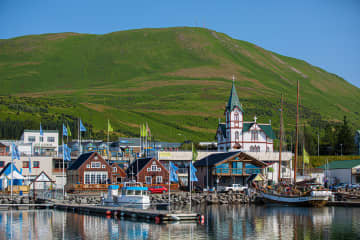
Húsavík
Húsavík is the oldest settlement in Iceland, besides being the largest town in Þingeyjarsýsla district and the service centre for the surrounding area
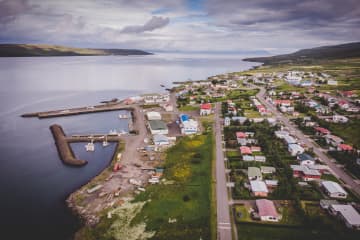
Hvammstangi
Hvammstangi is the largest community in West Húnaþing whose history as a trading centre dates back over more than 100 years. If you would like to see
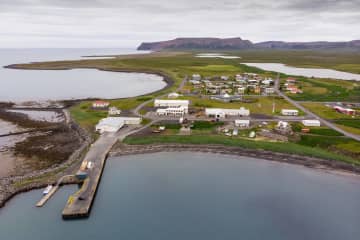
Kópasker
Kópasker is a friendly village on the eastern shore of Öxarfjörður bay. A legal trading post was established here in 1880, and a village started slowl
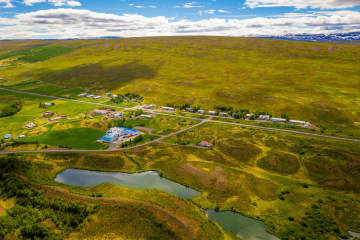
Laugar
Laugar in Reykjadalur is a community which has sprung up around the geothermal activity which is a characteristic of the area. The village is home to
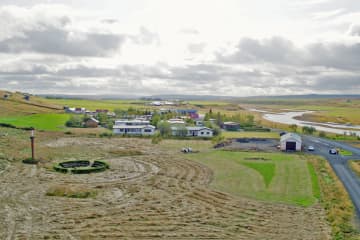
Laugarbakki
The village Laugarbakki stands by road one just east of Miðfjarðará River. The hot water from Laugarbakki's geothermal area is used to heat up houses
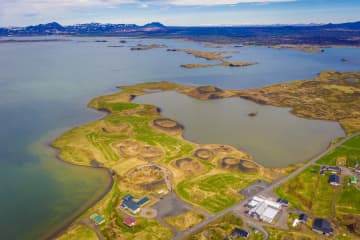
Mývatn
Mývatn offers a unique natural environment. With large contrasts and short distances, you can experience the most and the best that Iceland has to off
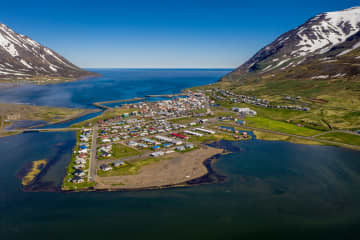
Ólafsfjörður
Ólafsfjörður is a town in the northeast of Iceland located at the mouth of the fjord Eyjafjörður.The town is connected to Dalvík on Eyjafjörður by the
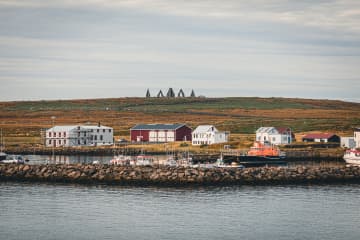
Raufarhöfn
Raufarhöfn is the northernmost town on the Icelandic mainland, nestled on the eastern shore of Melrakkaslétta peninsula. Named after its natural harbo
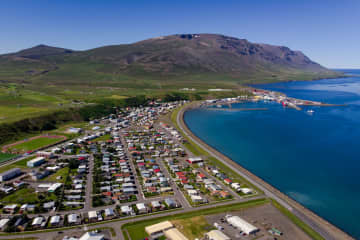
Sauðárkrókur
Sauðárkrókur lies on the South West shore of Skagafjörður Fjord. Sauðárkrókur is Skagafjörður's largest population centre and services the local munic
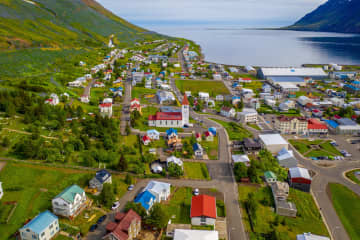
Siglufjörður
Siglufjörður is Iceland’s northernmost town and is a historic fishing town whose fame, and fortune has always been linked to the ebb and flow of the f
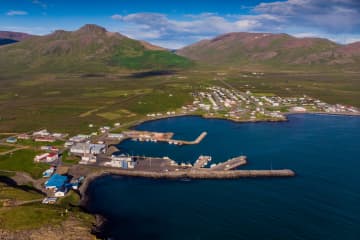
Skagaströnd
At Skagaströnd you will find the natural beauty of varied landscapes and vegetation everywhere you look. You will witness the grandeur of Spákonufell
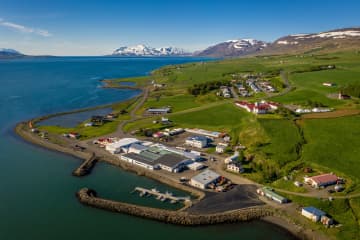
Svalbarðseyri
Svalbarðseyri is a village in the Svalbarðsströnd district on the eastern coast of Eyjafjörður. Svalbarðsströnd is a thriving agricultural area and in
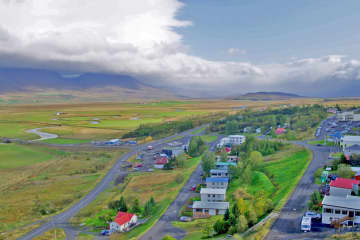
Varmahlíð
This community offers a wide variety of services for visitors and local people alike, making it one of the most popular stopping points for those trav
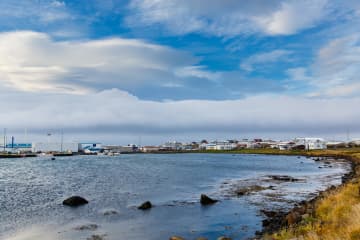
Þórshöfn
The heart of Þórshöfn beats with the waves, and fishing and fish processing have been the town's main form of occupation throughout the years. Therefo
Travel Blog
-

Vestnorden 2025 will be in Akureyri
This week it was announced that the next Vestnorden Travel Trade Show will be held in Akureyri in the autumn of 2025. -

Agents in Manchester invited to discover direct flights to North Iceland
Held at Chill Factor(e), the premier indoor ski and snow sports centre in the North of England, the event 'Get the North Iceland Feeling' saw almost 50 attendees learn more about North Iceland, Iceland and importantly the opportunities available as a result of the new twice-weekly easyJet Manchester to Akureyri flights this winter. -

No effect on tourism in North Iceland by eruption on Reykjanes
A new fissure eruption started on Reykjanes Peninsula on August 22, at 9:26 PM by Sundhnúksgígar crater, marking the sixth eruption in the area since December 2023. The eruption's effects are localized to the eruption site with road closures and do not threaten people. -

easyJet offers flights from Manchester to Akureyri in North Iceland
The British airline easyJet announced today that it will offer flights from both London and Manchester to Akureyri next winter. The announcement follows a successful winter for easyJet, which offered flights from London to Akureyri for the first time. Flights will operate on Saturdays and Tuesdays from Manchester and London.
Follow us and
experience North Iceland
experience North Iceland
#northiceland @northiceland

